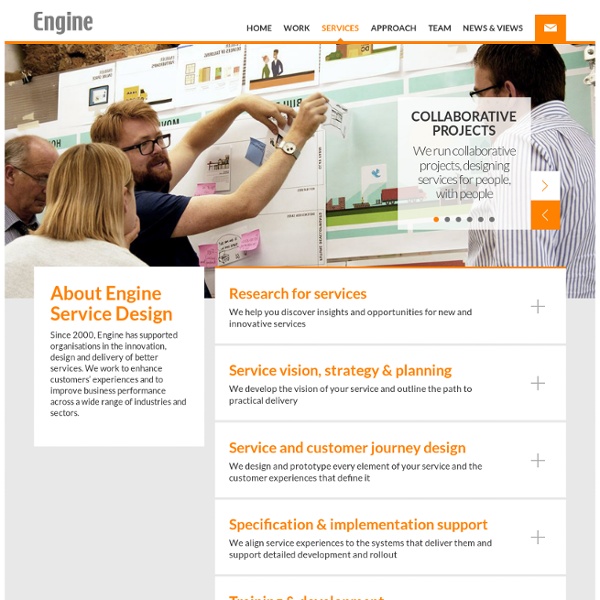



La Torre di Asian – In viaggio cityofsound The primary interface between the UK’s planning system and the people and places it serves is a piece of A4 paper tied to a lamppost in the rain. OK, not always rain. But rain often enough. The paper is a public notice describing a planning application for some kind of ‘development’ somewhere in the vicinity. If it’s a significant development, and very close to your property, you may also get a notification in the post. For something as fundamental as this—how your actual, physical neighbourhood may change—it seems little more than a token gesture. The paper notices are ubiquitous, tied at eye level in well-trafficked places. If one did notice the notice, you’d find language which is often alarmist (Camden lead with HOW DOES THIS AFFECT YOU? For the last year, I’ve been collecting examples of planning notices in the wild, most of them collated into the accompanying video. I seem to be the only person even looking at the notices, never mind filming them.
Personas & Scenarios: tools for user and customer-centered innovation and marketing Social Innovation Needs Design, and Design Needs Social Innovation (November 28, 2011) | Opinion Blog Social innovation needs people who know how to create lives filled with both success and purpose. It needs designers. Social innovation is all around us. From Paul Hawkins observation in Blessed Unrest that grassroots organizations make up “the largest movement on earth,” to c-suite executives who have expressed renewed interest in intra-preneurship, to the millions of startup social entrepreneurs being supported by forward-looking foundations, and the venture capitalists who are prefacing the word investing with impact—some days it seems that there is no one left in the world who does not want to change it. It’s as if we have woken up all at once—not just to the scariness of the challenges we face, but to the realization that we are not powerless to fix social problems and that deep satisfaction and well-being comes from working for good instead of just working. But because social innovation is everywhere, it’s also all over the place.
UIE Seminar—Designing with Scenarios: Putting Personas to Work with Kim Goodwin, May 19, 2011 07:07 PM 19 May 2011 Register: The Next UIE Virtual Seminar—Designing with Scenarios: Putting Personas to Work In our next Virtual Seminar, Kim Goodwin shows you how to get to good design, faster, with scenarios. Designing with Scenarios: Putting Personas to Work with Kim Goodwin Thursday, May 19 at 1:30pm ET 1:30pm ET / 12:30pm CT / 11:30am MT / 10:30am PT 90 minute online seminar Site page: Kim will show you: - What makes scenarios uniquely powerful as design tools - Where scenarios can help you bring your designs key points to life - Why the specificity of scenarios help you imagine ideal design solutions - How Scenarios are silo busters, showing you how to bridge the different parts of a system or organization - How scenarios can help drive your sketching and storyboarding Visit the IA Institute Member Center for details on how to get free lifetime access to the webinar recording.
YOUrban To Increase Sustainable Consumption, Show People What’s In It For Them This year at the World Economic Forum (WEF) meeting in Davos, the concept of sustainable consumption took center stage. In partnership with Accenture, the WEF just released its report, "More With Less," which accurately pinpoints the systemic triggers, barriers and urgent need for action inherent in this necessary transition. At face value, sustainable consumption seems counterintuitive to growth, but the report identifies the extraordinary competitive and economic opportunities for businesses, whether catalyzed by resource scarcity, population growth, the burgeoning middle class, or changing consumer values. An area where there is still work to do, however, is the "how." Namely, how to better define and ingrain the value proposition sustainable consumption brings to consumers, and spur broader systemic change and adoption. Changing consumer behavior is one of the single, largest opportunities to answer the question of "how," and to make a positive environmental (and economic) impact.